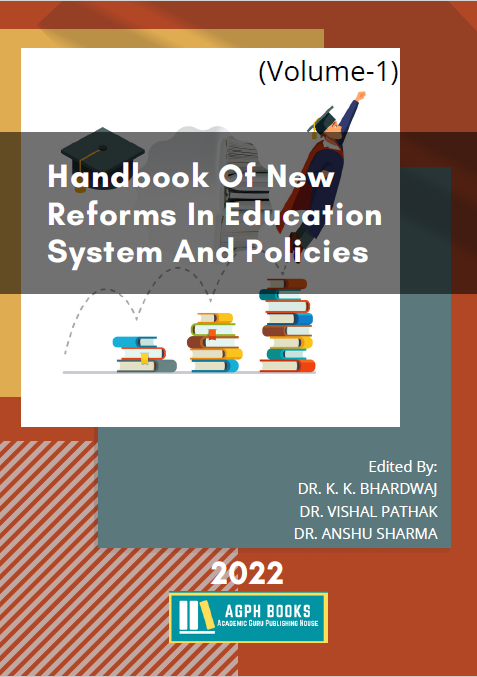A Review on Digital Mentoring in Educational Field
Keywords:
Digital mentoring, E-mentoring, Students, Education, TeachersAbstract
One of the most significant benefits of digital mentoring is the opportunity to interact with experienced mentors whenever and wherever they may be located in the globe. Mentors and mentees in the same region may connect, network, and discuss organisational potential with one other, which is a benefit. Mentees have a greater chance of finding a mentor with a unique skill set and experience because of the interconnectedness of our environment. As a result, participants will have greater choice over the sort of adviser they work with and the lessons they take away from their experience. When the COVID-19 epidemic struck, it pushed forward the digital transformation age and the transition from mentorship to e-mentorship. The mentees who are pursuing graduate degrees are among the ones most impacted by this predicament. When e-mentoring is used in this way, it allows both the mentee and the mentor to collaborate on their academic work while avoiding the constraints of distance and time zones. So much has changed in the digital era. "Learning and development" environments are becoming more common in the workplace, and mentors are adapting their methods to reflect this trend. This paradigm shift has just been given a boost by the digital era. It is generally accepted that a mentor acts as an advisor to students in order to assist them achieve their career goals. The purpose of the mentoring connection that exists between a teacher and a student goes much beyond the simple act of instructing the student and extends to the student's improvement in both their educational and personal development.
References
[1] Conway, C. S., Smith, S., Harris, S. M., Brackett, V., & Hayes, G. (2016). Mentoring students through digital learning experiences. Handbook of Research on Global Issues in Next-Generation Teacher Education, August, 206-227. https://doi.org/10.4018/978-1-4666-9948-9.ch012
[2] Garringer, M. (2009). Elements of Effective Practice for Mentoring. Program, December, 27. http://www.mentoring.org/downloads/mentoring_1222.pdf
[3] Graves, S., Abbitt, J. T., Klett, M., & Wang, C. (2009). A Mentoring Model for Interactive Online Learning in Support of a Technology Innovation Challenge Grant. Journal of Computing in Teacher Education, 26(1), 5-16.
[4] Gunuc, S. (2015). Implementation and Evaluation of Technology Mentoring Program Developed for Teacher Educators: A 6M-Framework. Qualitative Research in Education, 4(2), 164. https://doi.org/10.17583/qre.2015.1305
[5] Haffizulla, F., Ramoutar, A., Ammar, V., Rajpal, H., & Ahmed, A. (n.d.). Digital Mentoring and Career Guidance System to Facilitate the Entry of Minorities into Health Care Professions Advantages / Benefits.
[6] Kaufman, M. (2017). E-Mentoring - National Mentoring Resource Center Model Review. 1-23.
[7] Ntshinga, W. L., & Ngassam, E. K. (n.d.). Facilitating E-mentoring Using Information technology Tools.
[8] Ongoz, S. (2018). The use of ICT tools in e-mentoring: A case study. Turkish Online Journal of Distance Education, 19(4), 76-89. https://doi.org/10.17718/tojde.471655
[9] Ruby, K. (2016). Digital Mentorship. 1-5. https://doi.org/10.1080/21670811.2016.1254568
[10] Singh, D. P., Verma, A., & Singh, D. A. (2021). E-Mentoring: A New Perspective in Virtual Learning in India. Ilkogretim Online, 20(5), 624-627. https://doi.org/10.17051/ilkonline.2021.05.67
[11] Steinke, L. J., & Putnam, A. R. (2011). Mentoring Teachers in Technology Education: Analyzing the Need. The Journal of Technology Studies, 37(1). https://doi.org/10.21061/jots.v37i1.a.5
[12] Tinoco-Giraldo, H., Sánchez, E. M. T., & García-Peñalvo, F. J. (2020). E-mentoring in higher education: A structured literature review and implications for future research. Sustainability (Switzerland), 12(11). https://doi.org/10.3390/su12114344
[13] Tzavaras;, D. P., & Davalas, A. (n.d.). Mentoring and Coaching in the Digital Era and How Has Been Affected By Covid-19. 24-35.




